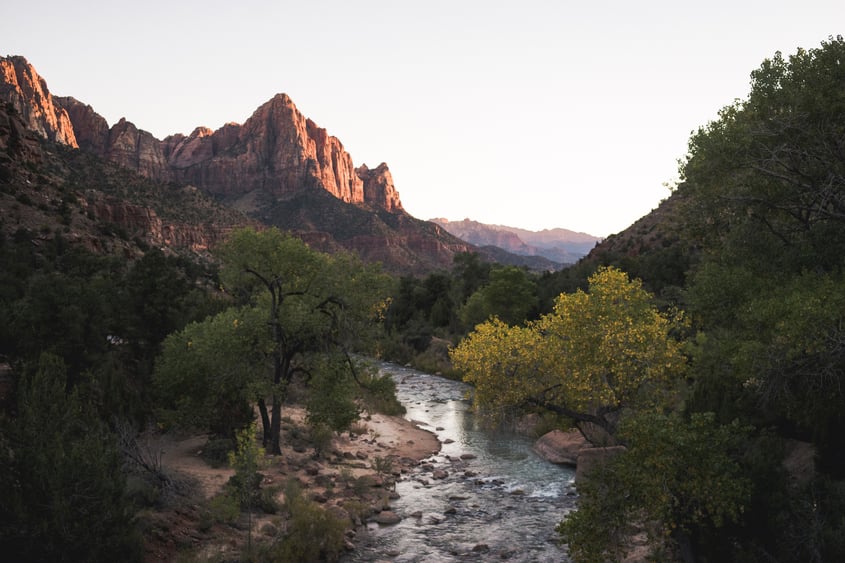
When was the last time you walked through a national park and thought to yourself ... “Boy, good thing the Land and Water Conservation Fund is here to make sure these wild places get their full funding?”
If you answered “never,” then you’re in good company. Most people don’t know exactly how our outdoor areas receive their vaunted protection.
Well, spoiler alert: It doesn’t come free.
Rather, it’s the result of hard work and hustling on the part of Dedicated Parties ranging from citizen coalitions to national conservation organizations to even, if you can believe it, our elected officials.
What is the Land and Water Conservation Fund?
First proposed in 1962 by the Kennedy administration and signed into law in 1964, the Land and Water Conservation Fund (affectionately known by the snappy acronym LWCF), is, at its core, a way to continuously provide funding to America’s greatest outdoor landscapes.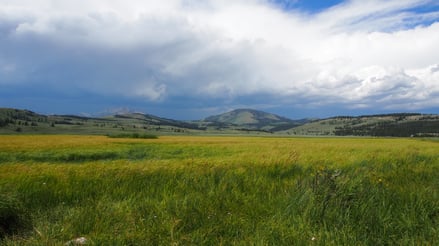
Funding, huh? That sounds dull.
Well, that might be true (okay, funding is almost always dull). But what comes as a result of funding is almost always fantastic. And the Land and Water Conservation Fund is no exception.
You might think the money for the LWCF would go primarily to support the national parks and forests, right? That seems like the perfect place this money would go. Our largest, most precious natural landscapes are a good place to put a bunch of money.
But it turns out, the smart people who originally wrote this bill knew that enjoying nature can be closer to home than just the national park system. The LWCF also supports:
- Neighborhood parks and trails
- Historic battlefields and cultural sites
- Fish and wildlife refuges
- Recreational access for hunting and fishing
- Working farms and ranches
- Watersheds that sustain clean water and provide other community benefits
Where Does Support for All This Abundance Come From?
So, back to that funding…
Although the roots of the LWCF began under an umbrella of conservation ideals, like many other important pieces of legislation, the LWCF got caught in a vicious cycle of expiration and renewal. Incredibly, the renewal process was fairly smooth, as support for the LWCF has never been a partisan issue.
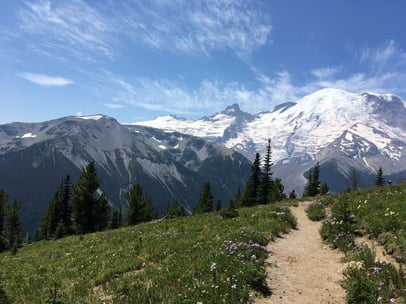
That alone is pretty impressive. A conservation and environmental program that doesn’t pit the political parties against each other!? Inconceivable.
And also inspirational. It’s wonderful that all of our elected officials and support organizations believe the wild places of our vast country are worth our money.
But still, that up and down, start and stop funding cycle meant interruptions in important programs, leaving critical landscapes unprotected, even if in the end the fund was renewed.
Enter the Great American Outdoors Act
Less than a year ago, in February of 2019 the Great American Outdoors Act was introduced providing full andpermanent funding for the LWCF at the whopping tune of $900 million a year. As of July, 2020, that funding is promised in perpetuity.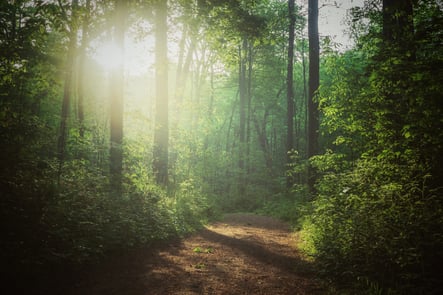
Yet another incredible aspect of the Land and Water Conservation Fund is that it uses zero taxpayer dollars. As in nothing, nada, zilch.
Instead, the Land and Water Conservation Fund uses royalties from offshore oil and gas drilling, ensuring ongoing, uninterrupted stewardship of these precious lands, programs and economies for as far as the eye can see.
Is Protecting Nature Enough?
Wait, let me read that last sentence again. How, if the goals are conservation and protection, does the LWCF also support economies? In the minds of many, those two objectives are at odds.
But the truth is, America’s protected landscapes are much more than just a pedestal to place unvarnished nature on which we are supposed to worship from afar. The Land and Water Conservation Fund is about connecting us to these landscapes. 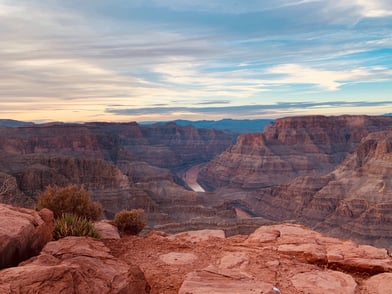 In that regard, the fund does protect communities and the economies around extraordinary natural landscapes.
In that regard, the fund does protect communities and the economies around extraordinary natural landscapes.
The very permanency of the LWCF creates jobs, rebuilds local economies and protects nature. Conservation programs, while far from shutting us out of nature, draw us towards it. Every year, conservation generates $887 billion in consumer spending and supports 7.6 million U.S. jobs.
So while the Great American Outdoor Act ensured the Land and Water Conservation Fund is there in perpetuity, it’s now time for us to enjoy the rewards.
This year, more than ever, we all need to find ways to safely explore and safely connect with the world around us. What better way to do that than through your neighborhood park, a local hiking trail, or a family road trip to a national park?
To discuss simple sustainability and/or the ways that you can incorporate cost-effective stewardship on your own property, get in touch with our team.

